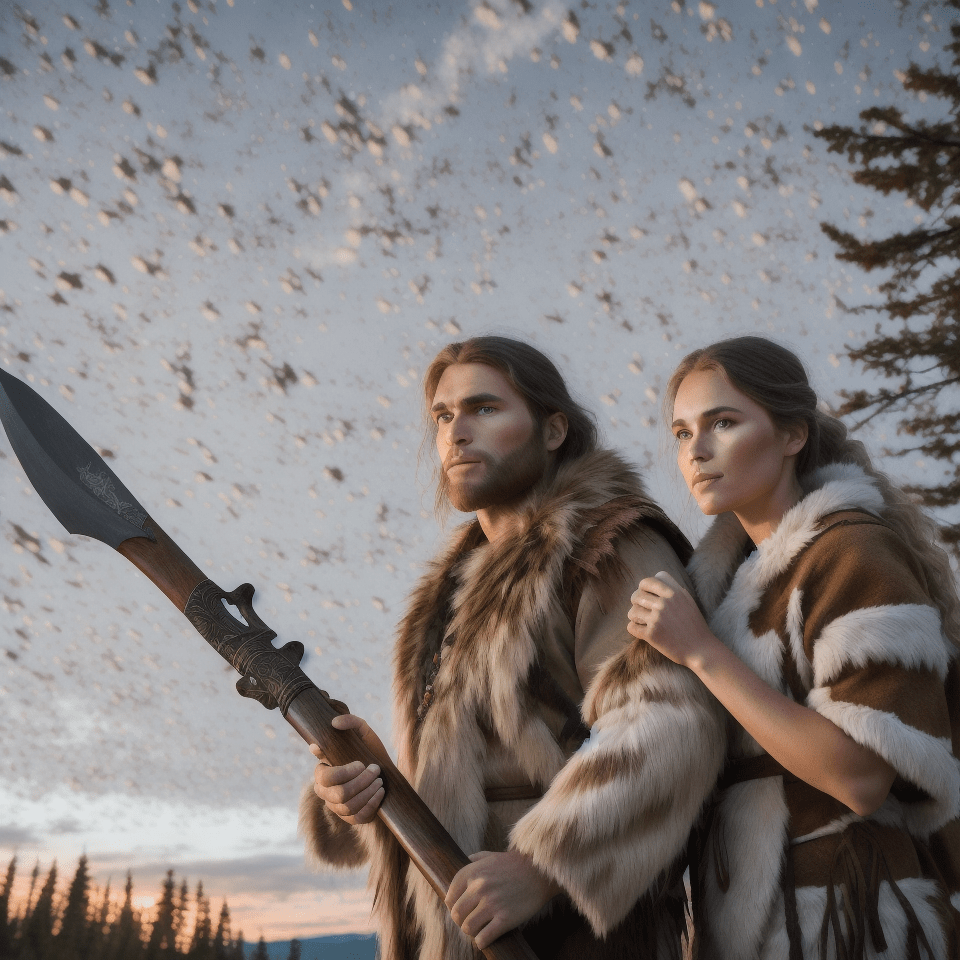Attractiveness has been a trait often linked to gender since prehistoric times, with traits such as strength and beauty being associated with males and females respectively. This binary gender role is rooted in the traditional division of labor prevalent during prehistoric times. For example, historically men were expected to provide resources such as food and shelter for their families or tribes, while women were traditionally responsible for childrearing responsibilities and providing social support.
These traditional roles created an environment in which certain characteristics related to each gender were deemed attractive. Men were expected to embody physical strength, assertiveness, and protection, while women were expected to display more nurturing and supportive behaviors, as well as physical beauty. These standards helped to facilitate the evolutionary success of both genders, ensuring that roles would remain stable in order to provide the necessary resources for evolution and endurance. As a result, these prehistoric gender roles continue to influence our modern perception of attractiveness.
For example, men are still expected to appear strong and masculine, while women are expected to be softer and more nurturing in their approach to relationships. Additionally, men are typically viewed as more physically attractive when they display the characteristics of strength and assertiveness, while women primarily attract attention for their beauty and femininity.
The link between attractiveness and traditional gender roles is further evidenced by the fact that women are more likely to marry men that display qualities of financial stability, while men are more likely to be interested in women who show traits of physical beauty and femininity. This phenomenon appears to be rooted in the context of prehistoric gender roles and reinforces the notion that certain characteristics are attractive based on one’s gender.
In conclusion, attractiveness is based on prehistoric gender roles due to the link between resource provision and child-rearing responsibilities. These roles have had a lasting impact on modern standards of beauty and attraction, with men and women emphasizing different characteristics. Overall, prehistoric gender roles continue to influence our modern views on attractiveness, which is ultimately rooted in the traditional division of labor.

